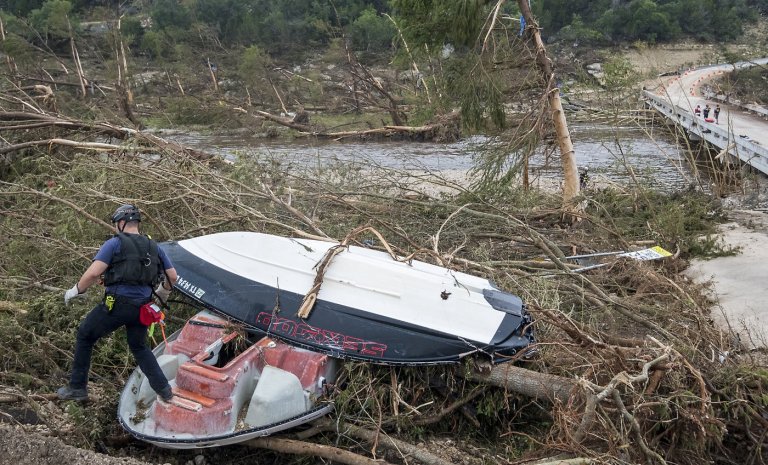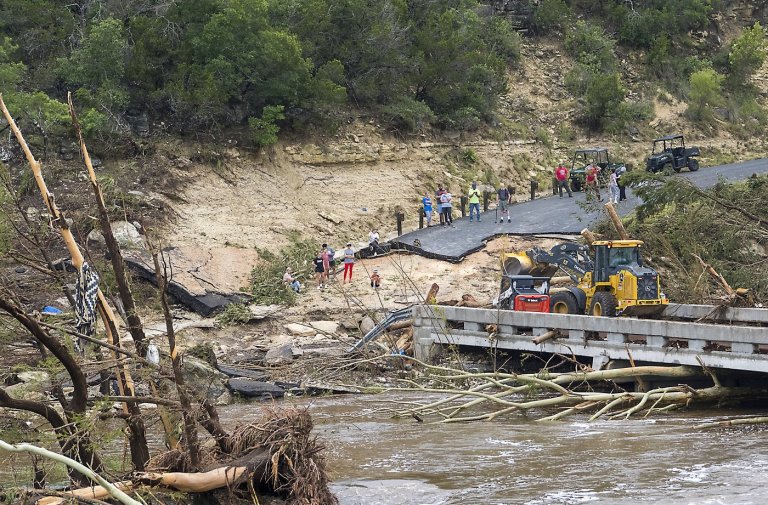Pentagon to beef up missile defence system designed to protect US against NKorean attack
WASHINGTON – The Pentagon announced Friday it will spend $1 billion to add 14 interceptors to a West Coast-based missile defence system, responding to what it called faster-than-anticipated North Korean progress on nuclear weapons and missiles.
In announcing the decision, Defence Secretary Chuck Hagel said he is determined to ensure protection of the U.S. homeland and stay ahead of the North Korean missile threat. He acknowledged that the interceptors already in place to defend against potential North Korean missile launches have had poor test performances.
“We will strengthen our homeland defence, maintain our commitment to our allies and partners, and make clear to the world that the United States stands firm against aggression,” Hagel told a Pentagon news conference.
The Pentagon intends to add the 14 interceptors to 26 already in place at Fort Greely, Alaska. That will expand the system’s ability to shoot down long-range missiles in flight before they could reach U.S. territory. In addition to those at Greely, the U.S. also has four missile interceptors at Vandenberg Air Force Base, Calif.
Hagel said the 14 extras should be in place by September 2017 but will not be deployed until they have been adequately tested.
James Miller, the undersecretary of defence for policy, said the project would cost about $1 billion.
Miller and Hagel said the U.S. will conduct environmental studies on three additional potential locations for interceptors in the United States, including on the East Coast, as required by Congress. Hagel said no decision on a particular site has been made, but the studies would shorten the timeline should a decision be made.
Miller said that would provide options for building an interceptor base on the East Coast or adding more interceptors in Alaska, should either approach become necessary due to further future increases in the threat from Iran and North Korea.
The threat of a missile strike from North Korea was the rationale for building the missile defence sites in Alaska and California during the administration of President George W. Bush. Technical difficulties with the interceptors slowed the pace at which they were installed at Greely and Vandenberg.
“Our policy is to stay ahead of the threat — and to continue to ensure that we are ahead of any potential future Iranian or North Korean ICBM (intercontinental ballistic missile) capability,” Miller said in a speech Tuesday at the Atlantic Council.
Miller noted that last December, North Korea launched a satellite into space, demonstrating its mastery of some of the same technologies required for development of an intercontinental ballistic missile.
“Our concern about Pyongyang’s potential ICBM capability is compounded by the regime’s focus on developing nuclear weapons,” he said. “North Korea’s third nuclear test last month is obviously a serious concern for all nations.”
North Korea recently threatened to reduce Seoul to a “sea of fire” and stage pre-emptive nuclear attacks on Washington.
“North Korea’s shrill public pronouncements underscore the need for the U.S. to continue to take prudent steps to defeat any future North Korean ICBM,” Miller said in his speech Tuesday.
___
Follow Robert burns on Twitter at http://www.twitter.com/robertburnsAP
Join the Conversation!
Want to share your thoughts, add context, or connect with others in your community? Create a free account to comment on stories, ask questions, and join meaningful discussions on our new site.












Leave a Reply
You must be logged in to post a comment.